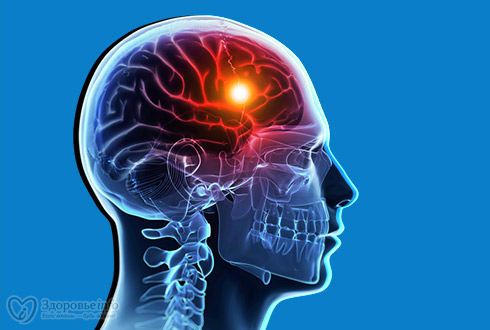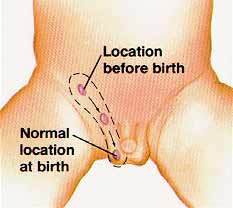ANTI EPILEPTIC DRUGS
CLASSIFICATION
(ABCD SHIP)
A liphatic carboxylic acid
B enzodiazepines
C yclic GABA analogue
D eoxy barbiturates
S uccinimide
H ydantoin
I minostilbene
P henyltriazene
Possible mechanism for
seizure are:
# decreased
inhibitory synaptic activity (i.e. GABA)
(GABA antagonist triggers Sz)
# increased excitatory activity (i.e.
Glutamate)
(Agonist triggers Sz)
Treatment
2 voltage-gate ion channels blocked for treatment
of Sz
$ voltage-gated Na channels
DRUGS BLOCKING Na CHANNEL
1. P henytoin
2. C arbamazepine
3. L amotrigine
4. Z onisamide
(Mnemonic: Possibly Voltage-gated Na Target)
5. P henobarbital
6. V alproate
7. T opiramate
$ T-type Ca channels
DRUGS BLOCKING Ca CHANNEL
its the receptor that governs oscillatory responses in thalamic neurons
1. Gabapentin
2. Pregabalin
drugs inhibiting oscillatory current b/w thalamus&cortex
(Mnemonic: Ethan sux because
he's always absent from school and that's why Valerie
won't datehim, but she oscillates on the decision)
3. Ethosuximide
4. Valproate
drugs enhancing GABA-ergic
neurotransmission
# post synaptically
1. B zd
2. B arbiturate
3. T opiramate
# pre synaptically
(Mnemonic: Tia is always gabbing in class so we
block the door and leave her in the hallway/cleft)
1.Tiagabine
Drug inhibiting
degradation of GABA by GABA aminotransferase
(Mnemonic:Viva GABA =ViGABAtrin leaves GABA in cleft)
1.Vigabatrin
DRUG OF CHOICE
TONIC
CLONIC SEIZURE
1. Valproate
2. Carbamazepine
3. Phenytoin
ABSENCE SEIZURE
1. Ethosuximide
2. Valproate
MYOCLONIC SEIZURE
1.Valproate
DRUG INDUCED Sz
1. Diazepam
2. Lorazepam
3. Phenobarbital

ADRs to be followed.. .. ..
Stay cool!!
adieu..




